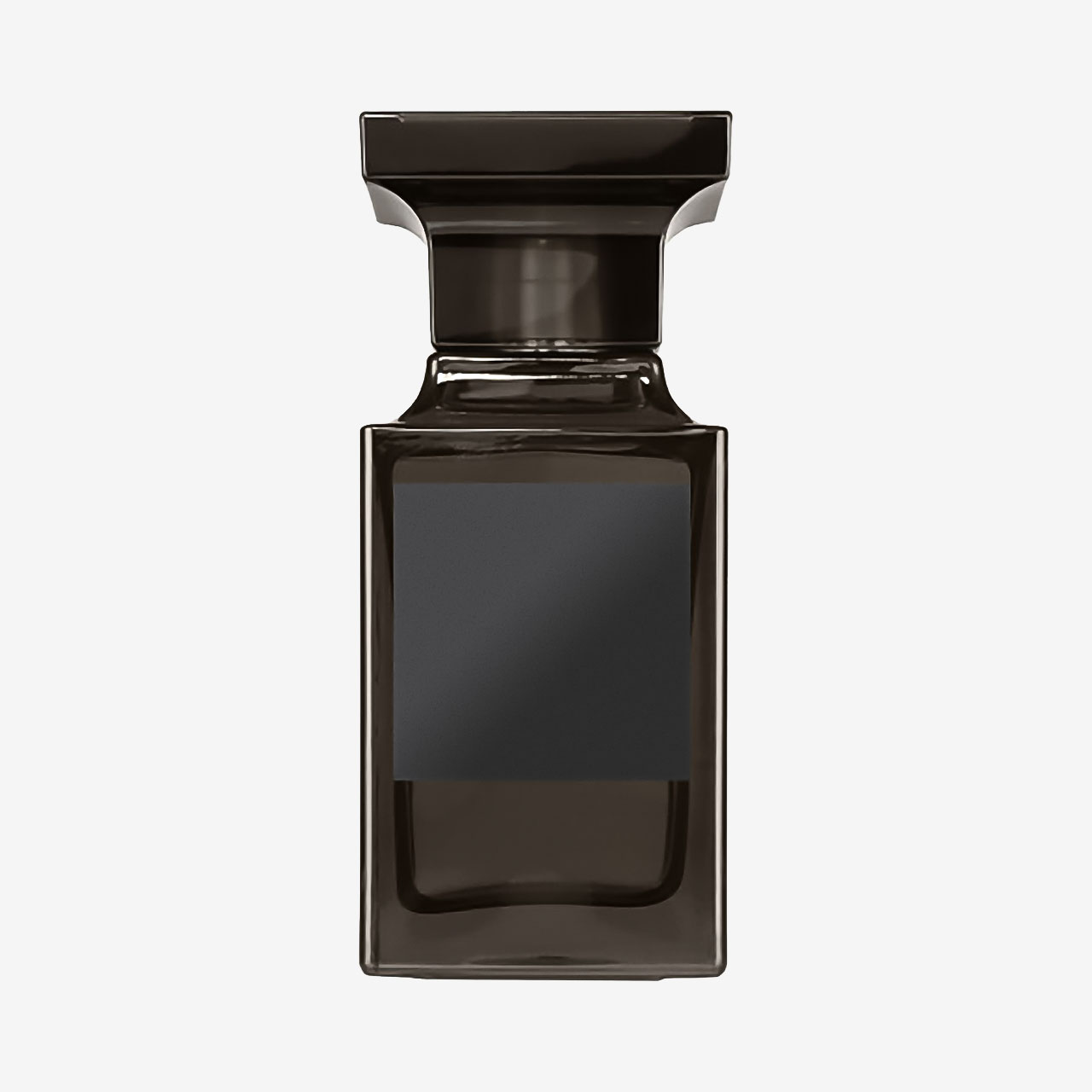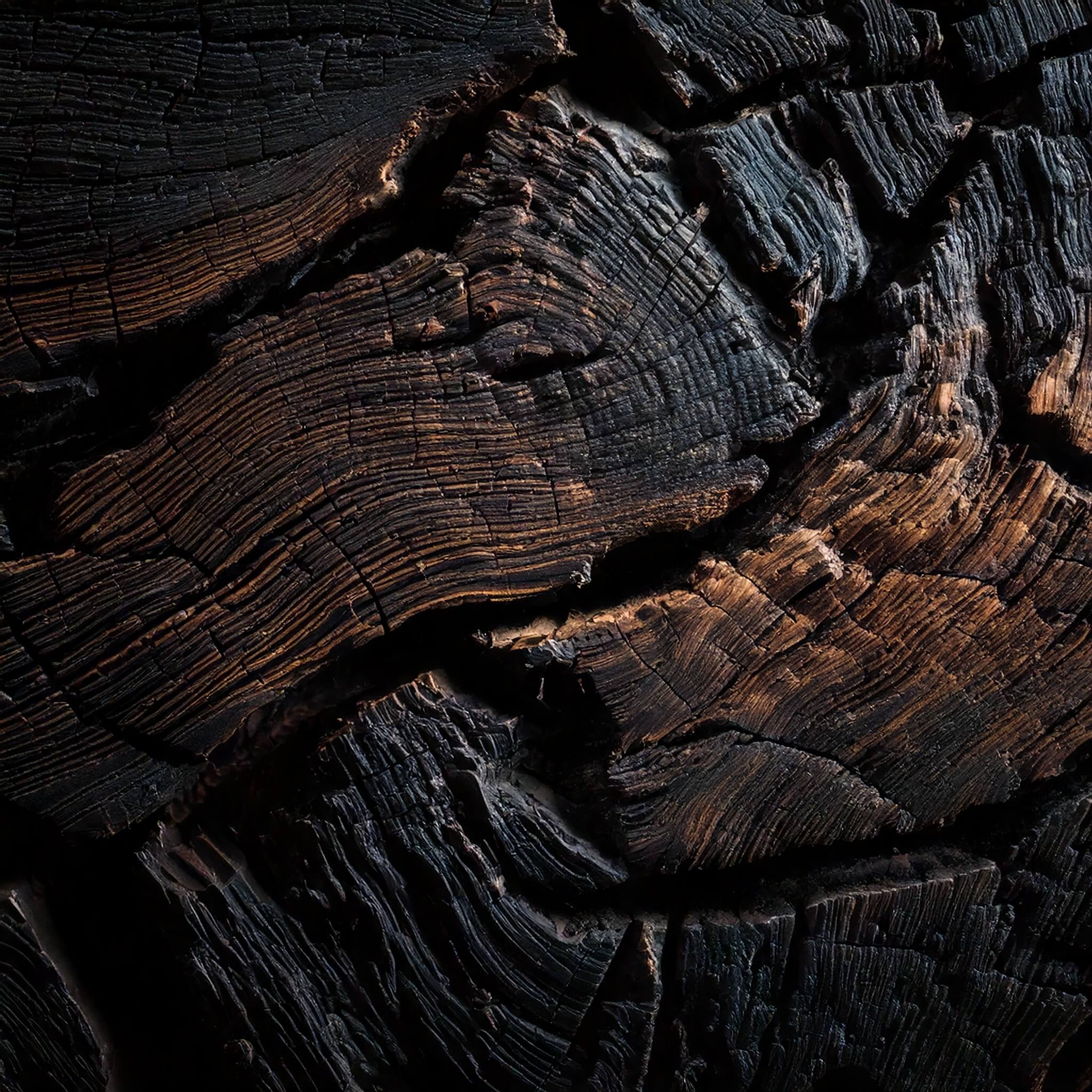
Oud Wood
Notes

Oud accord

Brazilian Rosewood

Sichuan Pepper

Cardamom

Vetiver Haiti

Sandalwood

Bourbon Vanilla

Tonka Bean

Amber accord
When Oud Wood first appeared, the European market was not particularly familiar with oud, let alone traditions like Bakhoor. Today, the market is flooded with compositions attempting to capture the beauty of oud, and Oud Wood stands among the pioneering fragrances that set this movement in motion.
I’ll be upfront — there’s a reason why “Oud Accord” is listed in the official notes. Oud Wood has never contained natural oud, nor was it ever intended to. In 99% of cases, when marketers include “oud” in a fragrance pyramid, it’s simply not there. Instead, the composition might feature a synthetic oud base (which often smells nothing like real thing), Cypriol oil, or a carefully balanced woody accord built around Guaiacwood, Patchouli, and Labdanum.
Cardamom and Brazilian Rosewood in the opening lend a fresh touch, while Sichuan Pepper, with its unique spicy-tea nuance, immediately sets an oriental tone. The interplay of multiple musks rounds out the fragrance, making it a soft, refined, and European take on the oud theme.
I have to admit – this is one of the most well-crafted formulas I’ve worked with. The fragrance may even surpass the modern version of the original, which has been reformulated due to regulations. By using the original ingredients from the fragrance’s first formulation, I was able to recreate it as it was meant to be — before time and restrictions altered its strength.
Olfactory profile: spicy, woody, musky.
Concentration: parfum.
